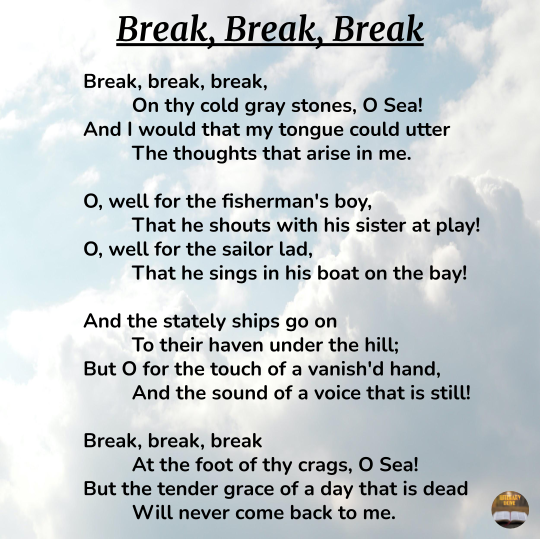Sonnet – To Science by Edgar Allan Poe
INTRODUCTION -
Sonnet – To Science was a famous poetic work by the American poet, Edgar Allan Poe. The poem was written in 1829 when Poe was only 20 years old. Hence, this poem itself is an example of his poetic genius. The poem was published the same year i.e. 1829 in Al Aaraaf, Tamerlane and Other Poems. It can be described as a Petrarchan sonnet, a fourteen-line sonnet that can be separated into an octave (set of eight lines) and a sestet (set of six lines). The rhyme scheme, however, matches that of an Elizabethan sonnet i.e. ABABCDCD EFEFGG. The poem laments over the uncertain nature of scientific advancement and the damaging associations it brings to the world of poetry and art. According to the poet, this makes the world less unique and less capable of inspiring him to write.
POET -
Edgar Allan Poe ( January 19, 1809 – October 7, 1849) was an American writer, poet, editor, and literary critic. He is best known for his poetry and short stories. He is also considered the inventor of the modern detective story and an innovator in the science fiction genre. His most famous works include Annabel Lee, The Raven, Tamerlane, etc.
SUMMARY -
In the octave, the speaker states that science is, in fact, the daughter or the product of the old time. Science, as an entity with power, can influence the lives of living beings by altering things and destroying them just as “Time” causes everything to age, decay, and wither. He then proceeds to compare science with a vulture and asks why science does not emit the charm and beauty that poetry does. This vulture i.e. science preys upon the poet's heart and its wings are none other than the dull reality of this world. The mystical world the speaker lived in before he understood science was a more interesting one. Science is boring as it has no time for romance. The speaker further asks some rhetorical questions to Science. He questions why the poet, or anyone like him who makes art “should love science?” Science does nothing for the writer except to take away the beauty and singularity of the world. The poet strengthens his point by looking at the sky and imagining what sort of angels or deities might be up there. Science, however, would answer back that there’s no such thing - the sky is an illusion. It will further explain the blueness of the sky by the scattering of white light when sunlight enters the earth’s atmosphere or its clouds by the use of meteorology. The poet argues that one cannot dream when one knows the rules behind the world.
In the sestet, Poe accuses science of a variety of crimes which he believes are the impacts of science. The first accusation, which is dragging Diana from her car, is made by referring to an allusion from Greek mythology. Diana, a Roman goddess of hunting, is known to ride the moon across the sky. However, science proved that the moon is simply a lifeless and unconscious rock instead of being a chariot for Diana. The next line once again alludes to Greek mythology and accuses science of driving the Hamadryad (a creature that is born bonded to a certain tree) from the woods. Science has traced out the entire forests compelling the Hamadryad to leave the woods. Similar to these examples, the next two accusations follow the same pattern of science driving out mythological beings, such as Naiad (nymphs inhabiting the seas and oceans) and Elfin(elves), from their natural habitats. In the last line of the poem, the poet refers to himself in the first person, "me" and places himself in the category of mythological creatures. Just as they are removed from their environments so too is he from “The summer dream beneath the tamarind tree.” The entire poem depicts the poet’s concern and fears that the ways of thinking that science is motivating will make the poetic philosophy old-fashioned and antiquated.
THEMES -
- Effects of science - The speaker argues that science has removed the magic of myth, art, and beauty from this world. It puts a counterargument for everything. To the speaker’s eyes, this makes the world less distinctive and less capable of inspiring him to write. The poem may appear to be a chant to the importance of scientific effort and discovery but there’s a little more going on in this poem.
END -
The poem was written by the poet at a very small age. Hence, he feels the beauty of his childhood as well as nature in the scientific theory taught to him. He argues that science cannot be accepted as something good; rather science is harming his observations and opinions. It is the change in his faith and vision that is making him look at things in such a way.











1 Comments
thanks
ReplyDelete